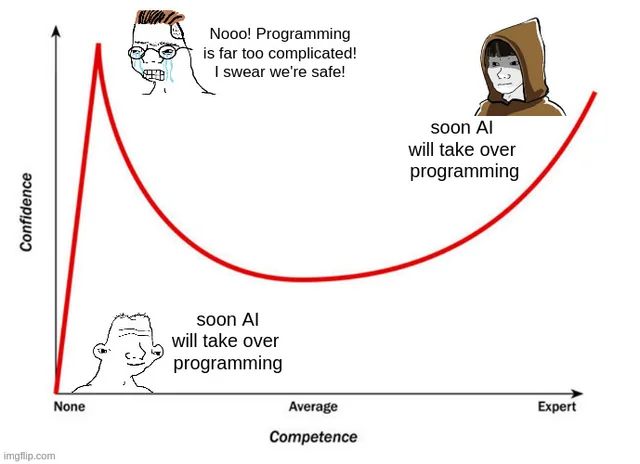Member-only story
Teleprompt moves to DALL-E 3
The image generation game
Last year I built a little Wordle clone, with the premise that you had to pick words from a prompt instead of letters from a word.
Essentially, the game gives you an image and you are expected to recreate the image by guessing prompt which is made up of 5 words (and maybe a small word that is given to you). Beyond that the game is mostly like Wordle where the words turn green/yellow/gray based on their correctness.
For example, the image below was created with a prompt in the form of “blank blank blank in a blank blank”

I mostly wanted to play with some image generation AI and see if I could build a functional game in one day. It ended up taking two days — mostly because of the complexity involved in integrating Stable Diffusion.
In honor of yesterday’s Wordle (yes that’s my name), I spent part of my last day of 2023 making a significant upgrade to Teleprompt.

Early Architecture
Stable Diffusion is pretty impressive and I don’t want to sound too negative about it because it is extremely powerful and flexible. It may have…








